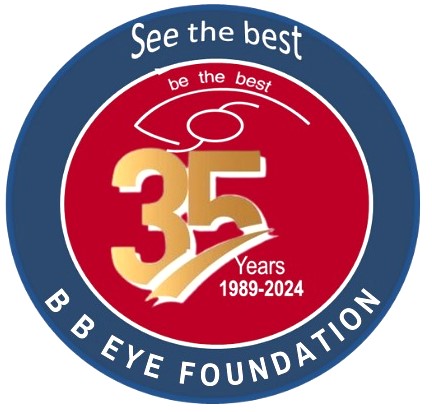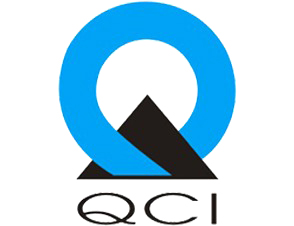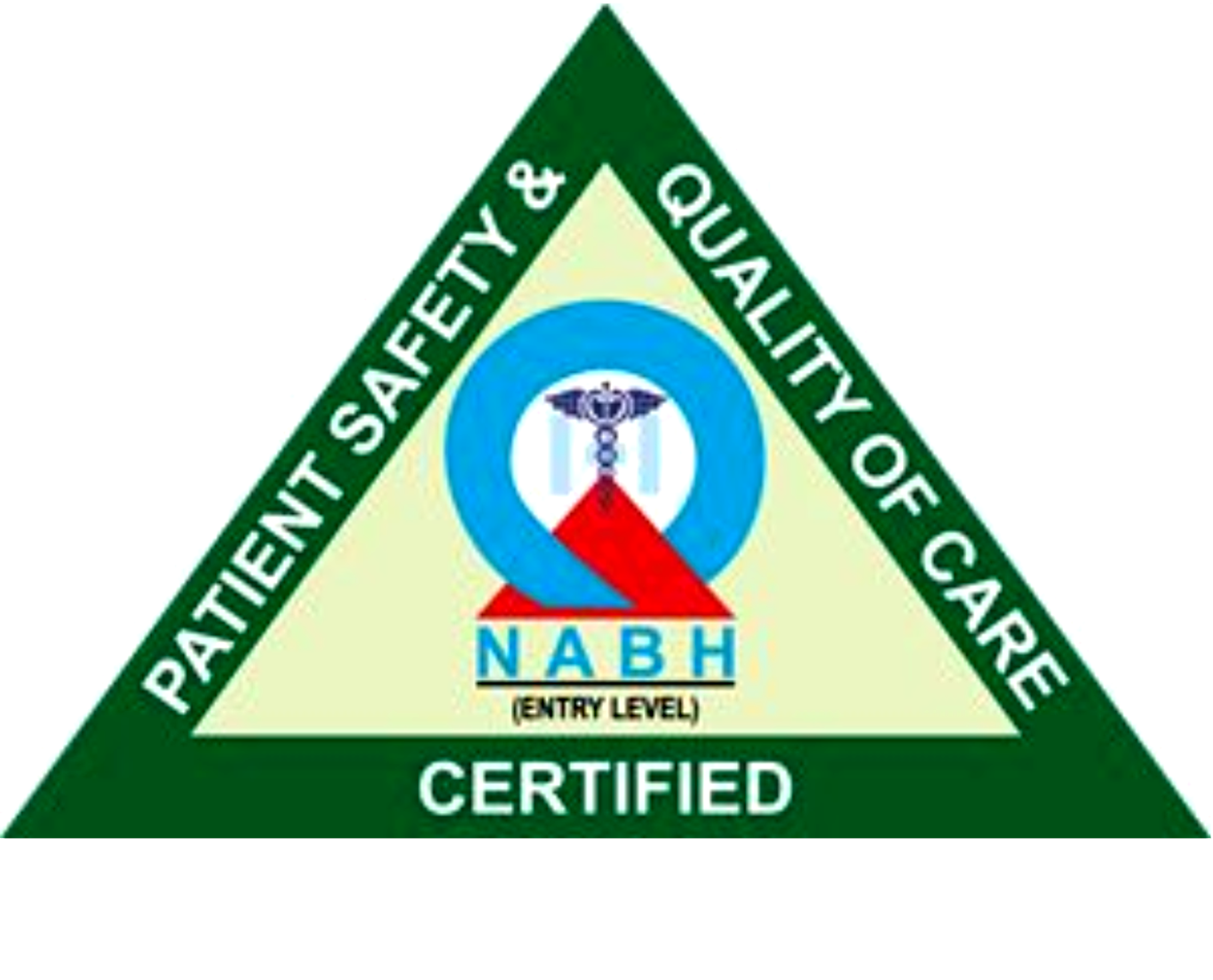


Refractive Services
Home / Refractive Services
Refractive Error Services
At B B Eye Foundation, our B B Eye Foundation experts provide the highest quality eye care services to our patients. Our eye specialists provide the highest patient care standards, from cataract surgeries to refractive error treatments. Refractive error refers to the shape of the eye that does not bend light correctly. This results in blurred vision. Refraction in the eye can make it difficult to see clearly.
The basic refractive errors include myopia (near sightedness), presbyopia (difficulty in viewing nearby objects due to age), hyperopia (far sightedness), and astigmatism.
Symptoms
There are various symptoms of refractive error:
- Hazy vision
- Seeing a glare or a halo around bright lights
- Squinting
- Headaches
- Eye strain (when the eyes feel tired or sore)
- Trouble focusing when reading or looking at a computer
Causes
The causes of the refraction disorders of the eye are described below:
-
Myopia
Myopia is a common vision condition where you can view objects near you clearly, but things farther away appear unclear. Also known as nearsightedness, Myopia is inherited and often discovered in childhood and progresses.
-
Hyperopia
Also known as farsightedness, this can also be inherited. In mild hyperopia, the distance vision is clear, while near vision is blurry.
-
Presbyopia
The eye lens becomes more rigid and does not flex as quickly and easily as it should. Therefore the eye cannot focus properly, and it becomes more difficult to read or see nearby objects clearly. It becomes noticeable by the age of 40.
-
Astigmatism
It usually occurs when the cornea, i.e., the front surface of the eye, has an irregular shape or curvature. This anomaly may result in sight being similar to viewing into a distorted mirror.
Our Services
-
LASIK, PRK
Laser-Assisted in Situ Keratomileusis (LASIK) is a procedure involving using laser technology to correct corneal errors of refraction. It is completely safe and painless in treating such errors.
With Photorefractive keratectomy (PRK), the eye surgeon removes the top layer of the cornea, called the epithelium. The lasers will then be used to reshape the other layers of the cornea and fix the irregular curvature in the eye.
-
ICL
An Implantable Collamer Lens (ICL) is a synthetic lens that is implanted in the eye. Implanting an ICL requires surgery. The lens will be placed between the eye’s natural lens and colored iris. This lens works with the eye’s existing lens to refract light on the retina, which produces clearer vision. It is often used to treat short-sightedness (myopia), far-sightedness (hyperopia), and astigmatism.
FAQs
What is the most common refractive error?
The most common refractive error of the eye is hyperopia. This condition is also known as farsightedness. Here the image of a far-away object is focused behind the retina due to the eyeball being too short or due to a fragile refractive power of the eye.
Can refractive errors be corrected?
Glasses, contact lenses, or surgery can be used to correct refractive errors of the eye.
What does a refractive error mean?
It is a widespread eye disorder and occurs when the eye cannot clearly focus the images from the outside world.
What causes refractive errors in the eye?
- Eyeball length
- Problems with the shape of the cornea
- Aging of the lens
What are the symptoms of refractive error?
The common symptoms are hazy vision, squinting, headaches, eye strain, seeing glares or halos around bright lights.
Can refractive error cause blindness?
High refractive error in childhood may lead to permanent vision loss if not corrected as early as possible.








